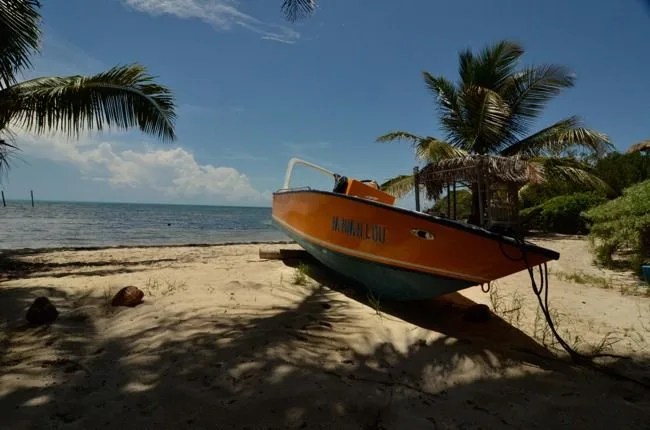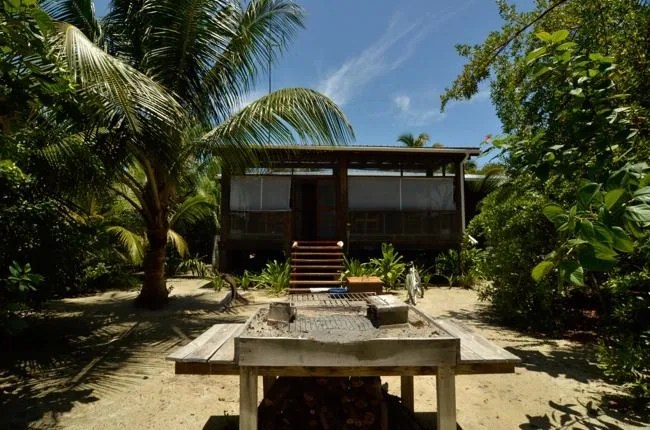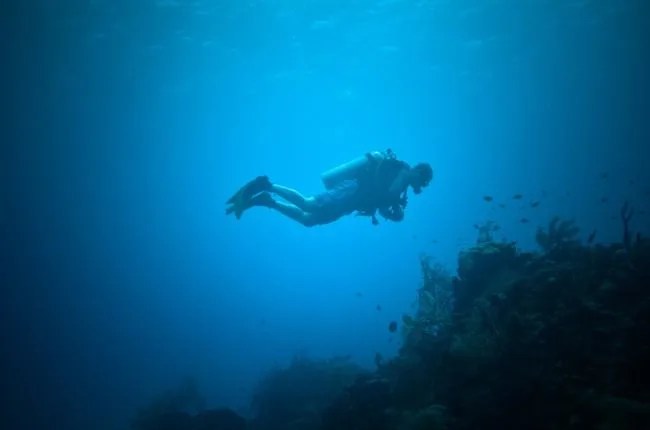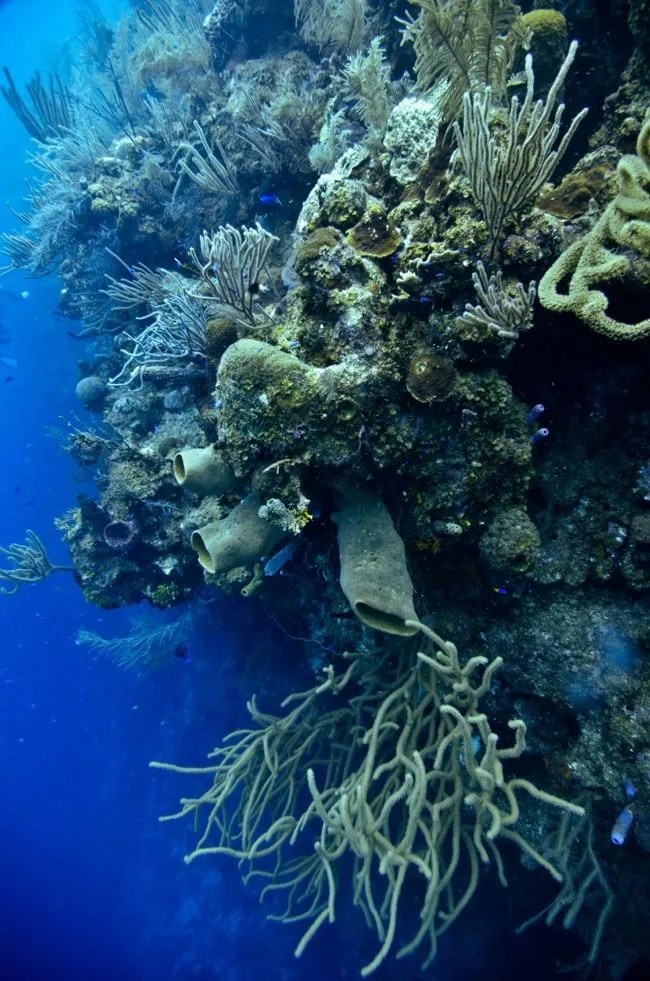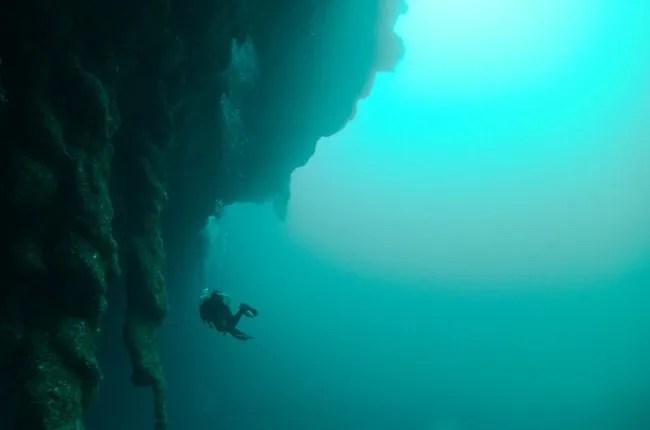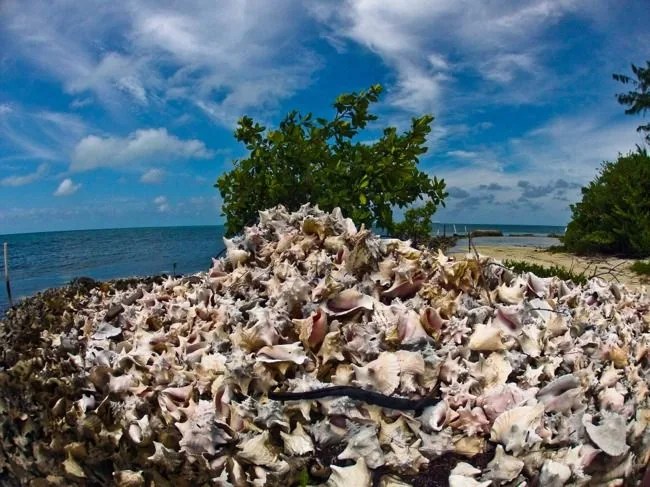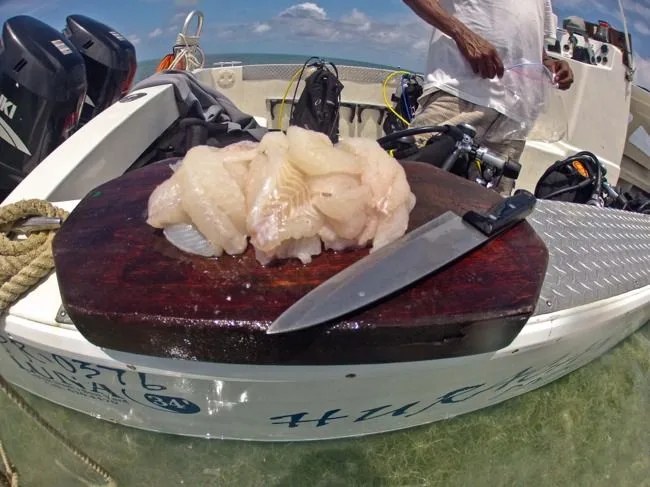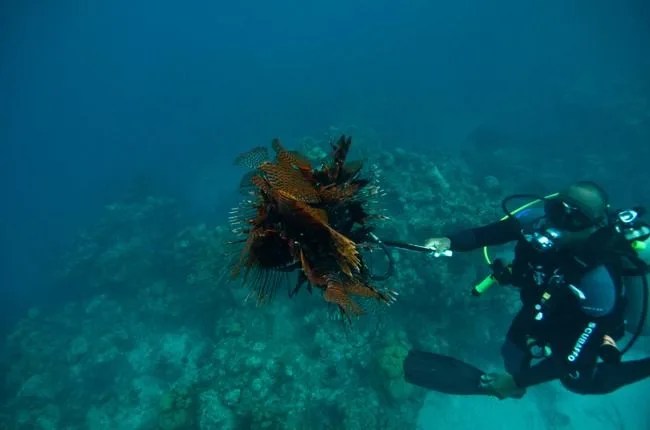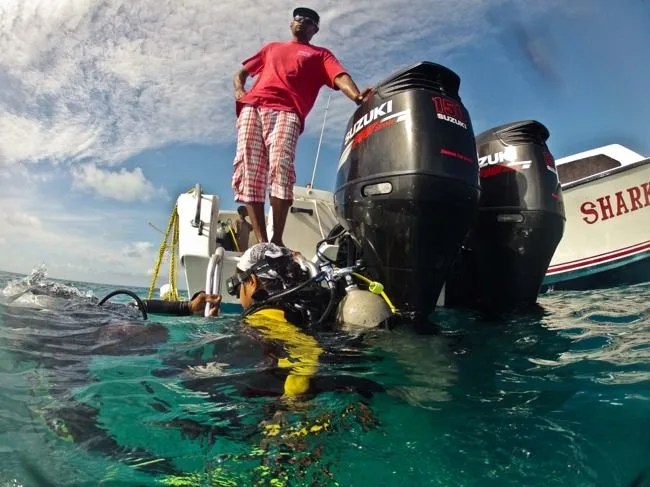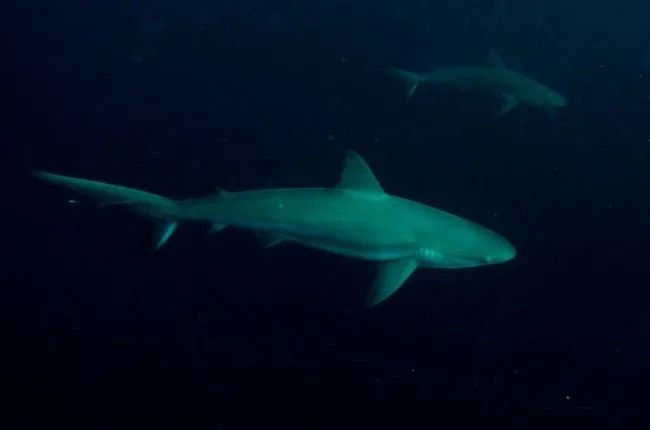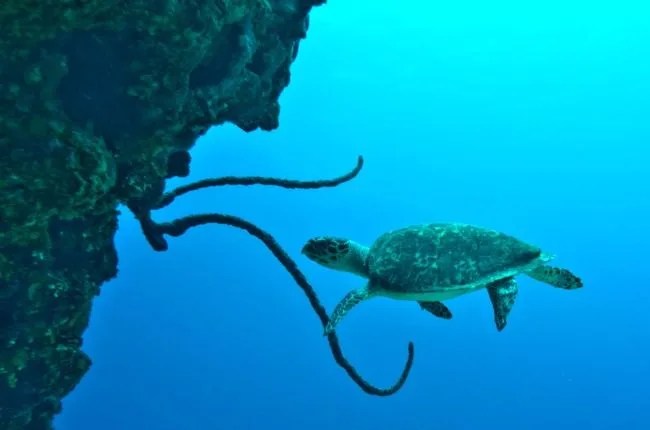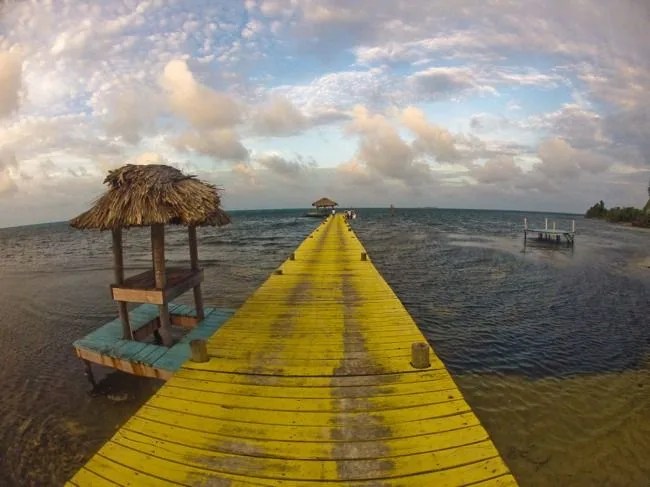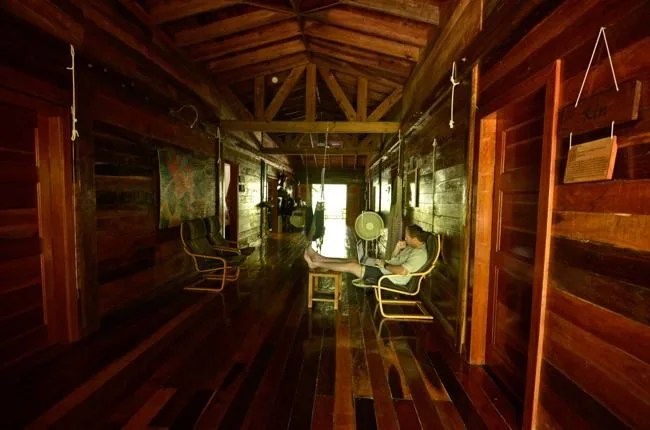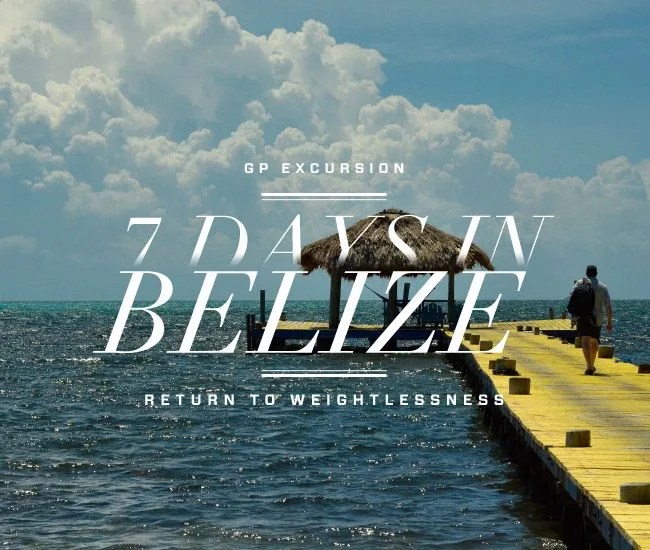 JH & Gishani
JH & Gishani“Dolphins!” someone shouted and Captain Jack, his dreadlocks poking out of the back of his baseball cap pivoted our dive boat, the Mulac, around and swung into the path of the pod of Atlantic bottlenose dolphins who were arcing their dorsal fins out of the water in unison, their powerful exhalations audible a hundred yards away. I quickly pulled on my fins and mask and perched on the gunwale.
“Go, go!” Jack shouted and I back-rolled off the moving boat, like in a Navy SEALs fantasy, and swam awkwardly through the chop towards the approaching pod of fins. Up to that moment, it was almost instinct. There wasn’t time to think. I wanted to swim with the dolphins. But now, bobbing in the churned-up sea with a dozen large mammals beneath me, I had a moment of apprehension. I ducked my face under the water. There, about 20 feet below, was the pod, gracefully finning their way past me. One curious dolphin ascended towards me and the primitive part of my brain kicked in, vaguely remembering stories of swimmers being pulled under by playful dolphins and drowned. But at the last moment, this one turned on his side, examined me with its intelligent eye and then, with a few powerful strokes was gone. I surfaced, laughing uncontrollably. It was only our first day on Lighthouse Reef Atoll. This was going to be a good week.
Slideshow: 7 Days in Belize
Click here to view slideshow on the web
This past winter was longer, darker and colder than usual in Minneapolis, and not because of the weather. It was during our last dive trip in Honduras in November that my wife got an e-mail from her doctor that the lump that had shown up on her mammogram was indeed cancer. The news put a shadow over the remainder of that trip, preoccupying us both before we returned to the leaden skies and spitting snow back home. What followed were six months of appointments, research, biopsies, second opinions and ultimately some major surgeries. As if the cancer didn’t want to go without a final curse, Gishani developed a pulmonary embolism during her last four-hour surgery and was resigned to daily blood thinner doses for three months afterwards. The word from the doctor was: no travel, no diving until this is cleared up. In the happier days before our Honduras trip, we had booked a spring getaway to Belize and this now looked in doubt, though we now needed it more than ever.
There are only four coral atolls in the Western Hemisphere and three of them are in Belize. An atoll is a ring of coral reef that surrounds a lagoon in the middle of the ocean, creating its own ecosystem, its shelter providing a great home to soft and hard corals and countless species of reef fish. Atolls also make for great SCUBA diving. The outermost atoll in Belize is called Lighthouse Reef Atoll, so named because of the old lighthouse that was built by the British on Half Moon Caye. It lies 43 miles offshore from the mainland but might as well be a world away from the poverty and decay that is Belize City. It was a two-hour boat ride in the Mulac, at 40 knots over choppy seas, past the barrier reef (the second longest in the world), across Turneffe Atoll and then miles of open ocean.
